Ask anyone to name the most climate-damaging food and they’ll probably say industrially reared beef. But rice – the world’s most eaten food – also has a shocking sustainability record, coming second after beef and well above air travel in terms of greenhouse gas emissions, according to figures in the science journal Nature and Our World in Data.
This is due to both the way rice is grown and the practice of burning the stubble after harvesting. Rice also uses more water than any other crop: up to 5,000 litres (the equivalent of 63 bathtubs) to grow just one kilogram, which in turn makes it a major source of methane as the gas is created by bacteria thriving in the soaked soil. An estimated 450 million farmers grow rice worldwide, with China the biggest producer, so the scale is enormous.
Appalled by these stats, former investment director Fergus O’Sullivan resolved to help provide British consumers with rice that was more planet-friendly. He connected with a pioneering group of 66 farmers in Haryana state in India – the world’s second largest rice producer – who grow the crop more sustainably.
The equivalent of 63 bathtubs of water is used to grow just one kilogram of rice. Source: WWF
Instead of keeping paddy fields permanently flooded (to control weeds) during the growing season, these farmers let them dry out. This Alternate Wetting and Drying (AWD) system, originally developed in Madagascar in the 1980s, aerates the soil, disrupting the methane-emitting bacteria that thrive in anaerobic conditions. The method is now endorsed by the UN’s Intergovernmental Panel on Climate Change (IPCC) as an important way to reduce global warming.
According to figures calculated by data platform AtSource using IPCC methodologies, in 2022, these farmers cut their CO2-equivalent emissions by almost half per tonne of rice compared to the conventional alternative. Their system also reduced the water used for irrigation by 3,300 litres per kilo of rice. Best of all, it improved yields by 10 per cent.
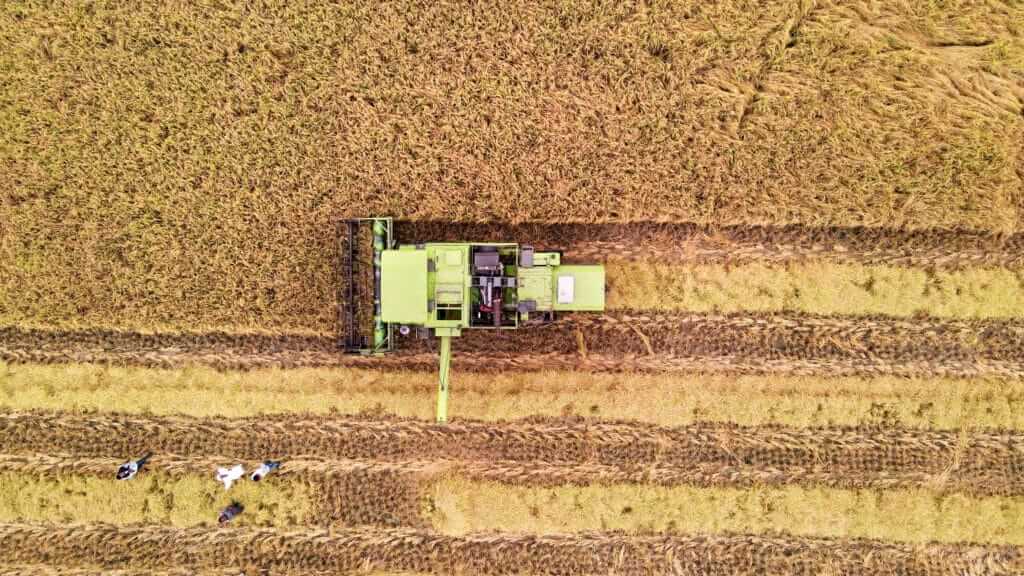
Having met the Haryana farmers, O’Sullivan spent two years researching and finding markets for their Basmati rice, certified by the Sustainable Rice Platform (SRP) standard for sustainable rice cultivation, which was set up by the International Rice Research Institute and the UN Environment Programme. Helped by people such as Erika Styger, director of Climate Resilient Farming Systems at Cornell University, the result was a new company called Nice Rice, which has just started selling in the UK.
Conventional rice farming has a shocking sustainability problem that no one is talking about. Fergus O’Sullivan, founder of Nice Rice
Currently Nice Rice is available in independent shops, in 259 branches of Waitrose and via the company’s website. Eventually O’Sullivan hopes it will be stocked everywhere. The rice is sold in sachets as cooked ready-to-heat, or as dry, packaged in recyclable cardboard boxes.
“Conventional rice farming has a shocking sustainability problem that no one is talking about,” says O’Sullivan, who previously worked at specialist investor Piper. “It seemed mad not to do something about this when there was such a simple solution. Buying from rice farmers who were doing things differently was a total no-brainer. Consumers are increasingly keen to buy and eat sustainably too.”
It’s not just growing techniques that help lower greenhouse gas emissions, but also the handling of crop stubble after harvesting. Traditionally this is burned, as the ashes return nutrients to the soil, and burning clears weeds and pests. But doing so also releases greenhouse gases. Farmers supplying Nice Rice now either return the crop stubble back into the soil when planting their winter crop or harvest the straw and sell it for animal feed or bedding. Once ready, the rice is transported by container ship using zero-carbon biofuels developed by sustainable shipping tech firm GoodShipping.
Perhaps most importantly, and a sign of trying to reduce both environmental harm and move away from exploitative commodity trading, farmers are paid a premium price of five per cent over the market rate. And Nice Rice says it also invests two per cent of its revenues into projects that help farming communities pay for things such as equipment, training, and road repairs (often needed after monsoon rains).
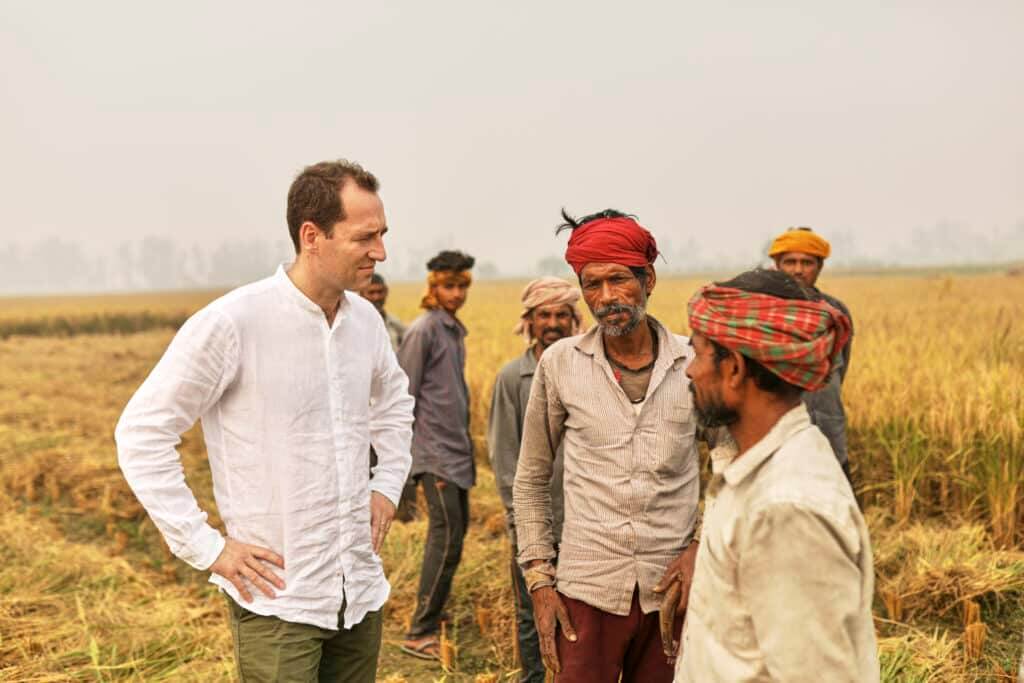
Rice-growing projects using the same alternate wetting methods are springing up in other countries, including China, Thailand and Vietnam, as the region’s governments have realised how it can make the sector more resilient to erratic climate patterns.
And this momentum at a government level is key to helping create change in the rural areas where rice is produced.
“Most rice is grown by small family farmers in the poorest parts of the world – typically with little to no access to education, training and resources,” explains O’Sullivan. “So either they aren’t aware of sustainable farming practices, or they haven’t received sufficient training on it. The prevailing wisdom is to do things the way they’ve always been done.”
Government policies in the past haven’t helped, says O’Sullivan. “Since the ‘Green Revolution’ in 1960s India, farmers have been led towards one approach to agriculture using subsidised fertiliser, pesticides and irrigation. Now the harm of this approach is better understood, governments and markets are slowly changing the conditions.”
While change is happening in rice paddies across the world, it’s encouraging that UK consumers can now be part of a progressive rice supply chain moving in the right direction.

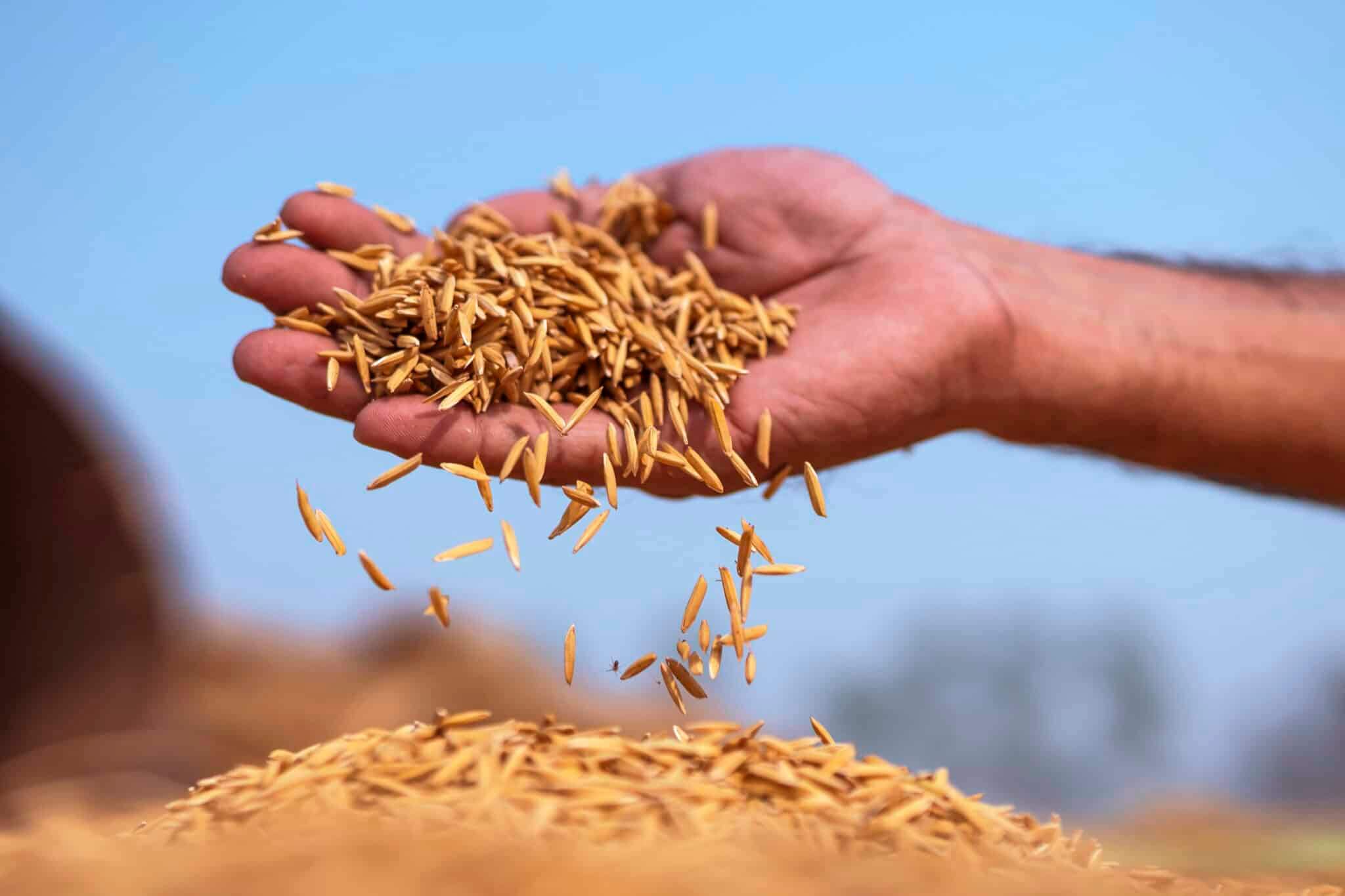

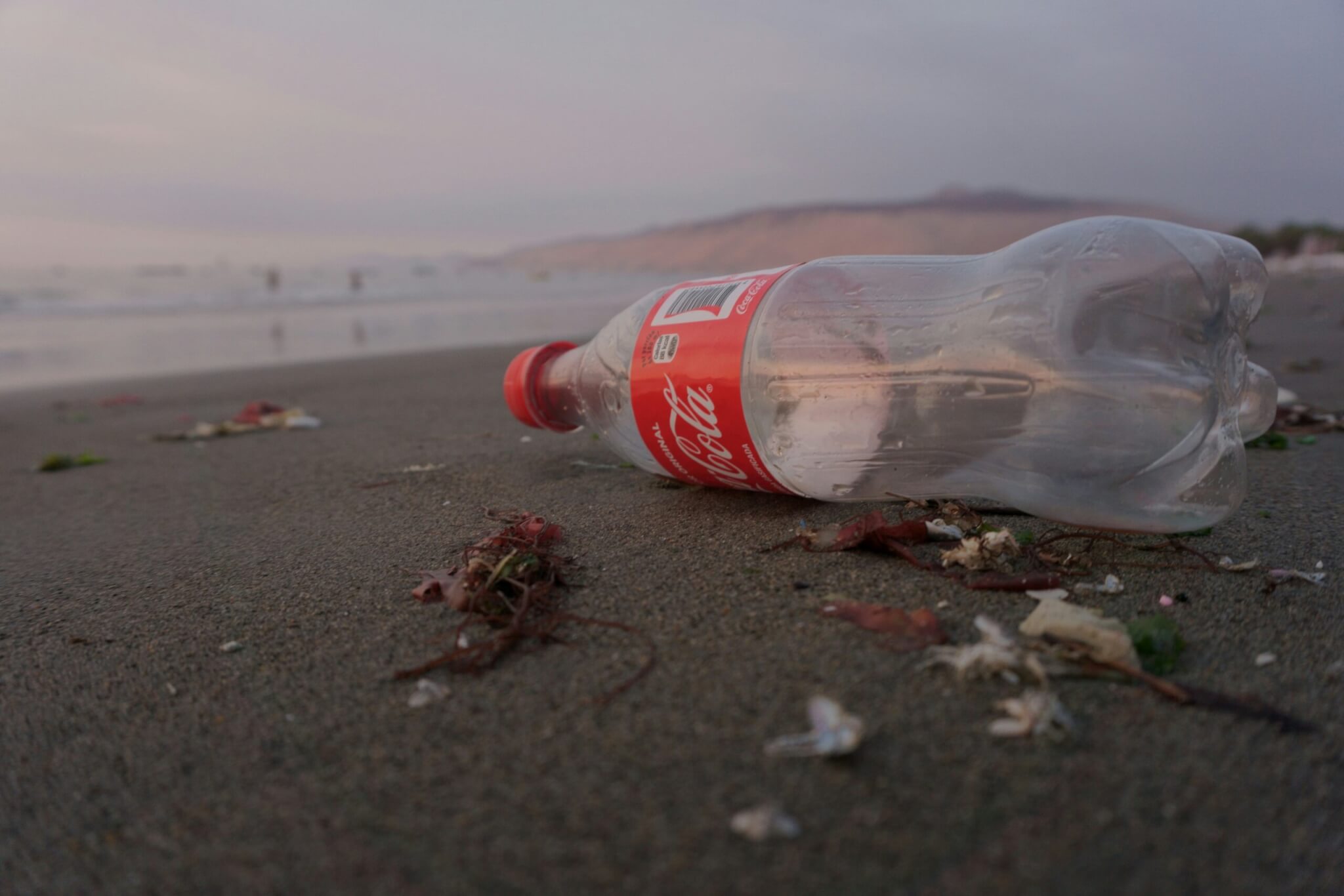
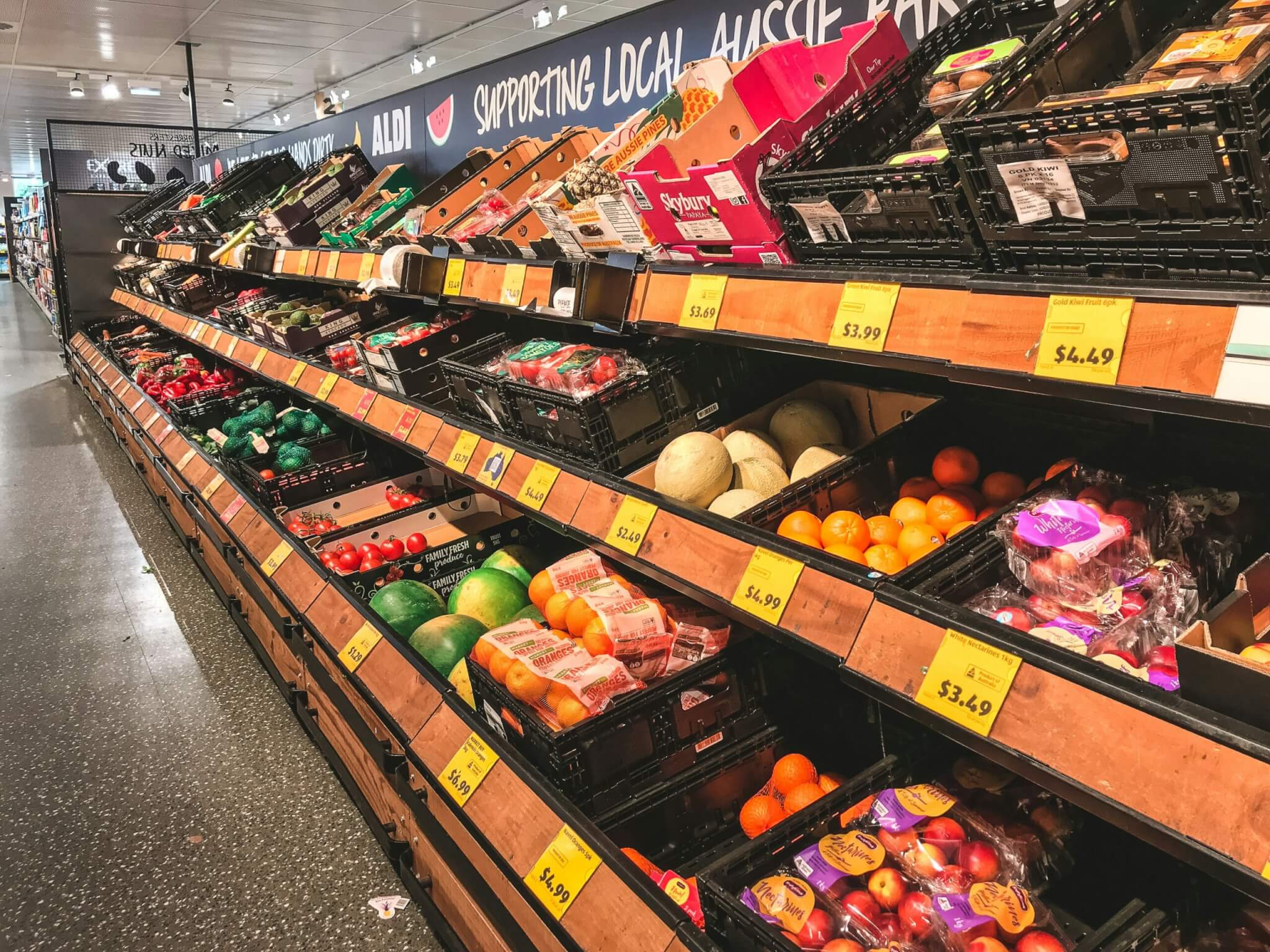




That 63 bathtubs for 1KG of rice makes me lean even further towards our own grown potatoes, though I realise that doesn’t work for the rest of the world.
I’ve often wondered how organic rice compares with non-organic in terms of its environmental footprint, including water use, climate change gas emissions etc? Is Nice Rice organic?
Should we be eating rice in the UK when it doesn’t grow here? I personally don’t eat rice, even with a Chinese or Indian type of meal, and often prefer a jacket potato instead. Unconventional, but who cares? (Sorry – I do eat rice pudding – it’s a good way of using up milk if I have bought too much or we haven’t drunk so much tea!)
I agree that potatoes seem to me a more sensible option.